Island Connoisseur – Antonius Roberts

Sitting at #25 Cumberland Street of downtown Nassau I’m struck by the transformation of what was once a dilapidated 1840’s home and is now Hillside House, a single story art studio and gallery where urban and green space coexist in a way developers don’t often allow; I think to myself there was no more suitable of a visionary to oversee such a renovation than artist Antonius Roberts, who as of late is becoming widely known for spearheading such transformations. With a roster of projects that have included creating a sculpture garden in Clifton Heritage Park and another on JFK Drive – Antonius’ most recent project has been his partnership with Baha Mar, where he and his students of the National Bench Program have breathed new life in to acres of discarded wood, transforming the pieces in to useful benches. Having recently been a celebrated name in The Daily Beast’s Travel section he is most certainly becoming known as a preserver of the culture and heritage of The Bahamas, deeming him an Island Connoisseur in every way.
VP: Art and hospitality have recently come to a crossroad in a way they have never done before in The Bahamas. The would be promoters of sun, sand and sea are taking an interest in the arts. Can you tell me about your partnership with Baha Mar?
AR: You have to realize these guys have been around the world but they love The Bahamas and they look for any opportunity to engage locals. That within itself is amazing. Without Baha Mar there would be no National Bench Program, the mentoring program which fosters the creativity of 21 – 32 year old men: these are guys that were on the block, getting in to trouble – one of them once involved in a gang. Baha Mar has really given the opportunity to this group of young men, the impact you just cannot quantify that. Obviously with a new development came the challenge of cutting down green space but literally it took one email to raise the issue and Baha Mar brought the equipment. We set up the equipment and every day the boys would show up and learn how to make benches, we’ve since made at least 100 benches. Every tree that is useable I’m called with the goal to repurpose and recycle. Those benches have done wonders in terms of helping shape the story of Baha Mar. It is beyond dollars and cents, it is really a partnership that is helping to shape a unique experience. Every step of the way, they involve Bahamian artists, that speaks volumes. It can only happen through partnership, it is a real blessing to be a part of. It is not about me, it is about a community. It is about a group of people that understand the role art can play.
VP: The development of Schooner Bay in Abaco has been very much a part of shaping who you are on a personal and professional level, can you tell me more about that?
AR: Schooner is amazing, it is absolutely amazing. It has been three years now that I have been involved in the whole Schooner Bay experience. Just to see and be a part of the development and creation of a new place has certainly transformed my life. Schooner Bay now is. We as members of Schooner Bay, residents and investors, we now have to take ownership. The developer goes away, now our responsibility is to help shape Schooner Bay in to a community that we are proud to be a part of. As far as the arts influence Schooner Bay, for the first three years – the first three symposiums – they have been supported and encouraged in part by the developers as the arts are very much a part of the Schooner Bay story, promotionally it helped lay the foundation. I’m hopeful that the role that the art plays will continue; then again that has to be self-sustaining and we have to figure out how to keep that alive. I love the fact I’ve been given the opportunity to say that I’m the first. I love the fact that my home and art gallery “Post House” has received the attention it has in Coastal Living magazine, and little pleases me more that it is now a place that people can use – that it’s a community space which can be rented.
The studio in Schooner Bay is absolutely amazing. I’m hoping the art programs and the exhibitions that I’m a part of at Hillside House will extend to Schooner and vice versa. I don’t see them as a separation. I just see different places, different spaces and I see a cross fertilization – for the lack of a better word. There is kind of a development of a unique art experience that is easily accessible in 30-40 minutes by flight on any given day. That’s how I see it. Whether I’m painting at Hillside House or I’m painting at Schooner Bay, Schooner still influences what I do tremendously. Schooner has influenced the whole concept of what I have done at Hillside House, the whole concept of recycling, respecting and appreciating the environment. Honoring the role the green space plays. Schooner has helped me to create a place at Hillside House where people are comfortable being. That said, it is only natural for me to see it all as one.
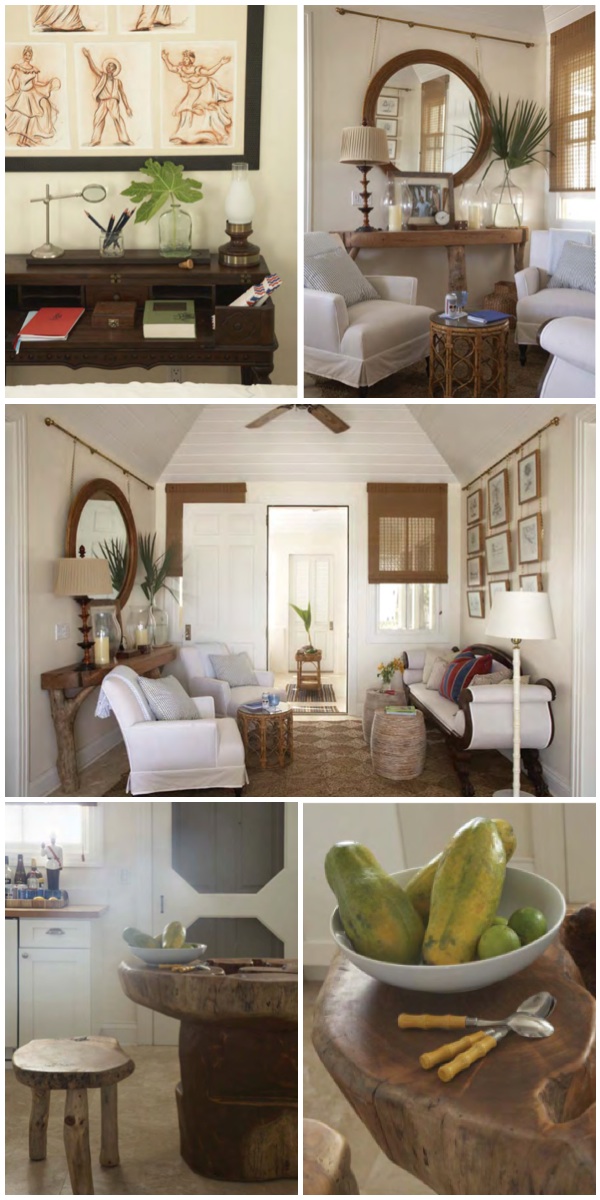
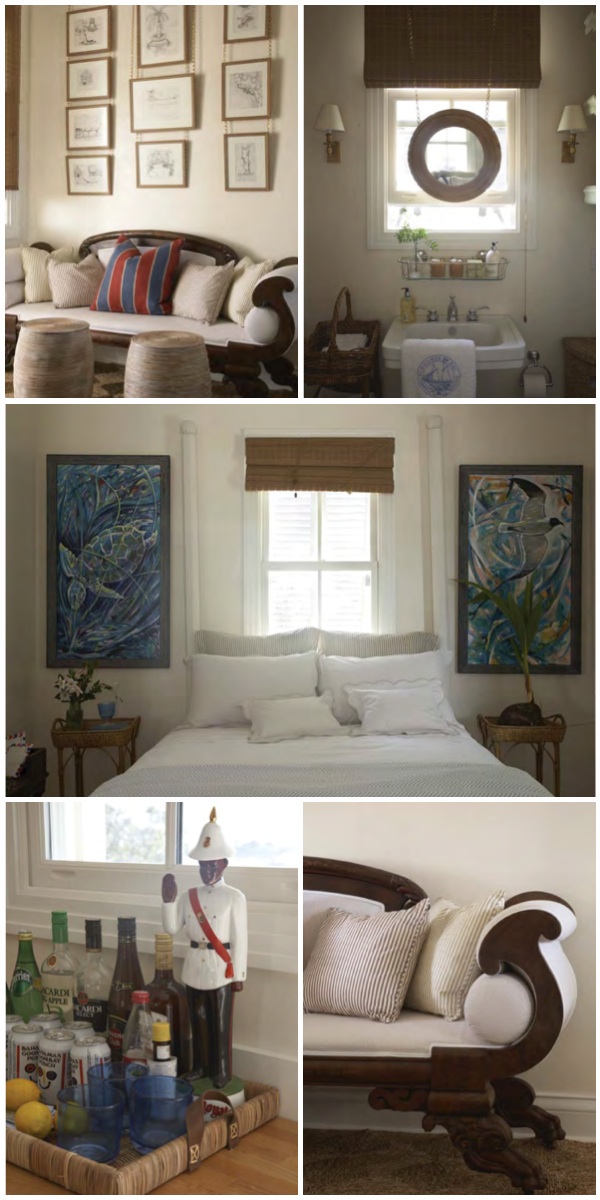
VP: There is a continuous national dialogue about the revitalization of Downtown Nassau and I was fortunate enough to have an intriguing conversation with Island Connoisseur – Orjan Lindroth about Hillside House. He said and I quote “It’s critical what Antonius has done there. He’s creating a happening place, he’s engaging people with an accurate restoration of what was a depilated building; but not only that he’s engaging them with a broader picture of The Bahamas.” Tell me when Hillside House was renovated what did you envision it to be, to mean and has it lived up to your expectations?
AR: With the help of friends and patrons I was invited to participate in the revitalization, restoration of this place. Within that spirit, here was an opportunity as an artist to be respectful: to a sense of place that exists, respectful to the history of this place. Also my involvement in this project presented another opportunity, to reclaim the space and put it back in the fold as it were: where any person, from any walk of life, could come and celebrate in it, decompress in it and just be able to enjoy a moment downtown without being a part of the city hustle and bustle. It is not because we are trying to create another product for tourism, we are identifying and celebrating not only a place but also a moment in history that has helped shape who we are. I’ve been fortunate enough to be given the opportunity to have ownership of such a place and I find comfort in knowing what has been put here will remain and will be respected. It will not uprooted because there is a need for another chain store. I’m really grateful as a result of having conversations with people such as Orjan Lindroth, Keith Tinker, and Clint Kemp and talking about the role artists can play in helping to preserve, motivate and educate generations. It just so happens that I have been blessed enough to step in to that role. This is a sense of community, I’m not the owner of this, I’m the keeper of this. I’m just a gate-keeper.
VP: When I say these words what is the first thought that comes to mind?
Conservation – a lifestyle, a way of life. Whether externally or internally, you know when to conserve energy.
Transformation – I think of growth, the life cycle, about the butterfly, the caterpillar.
Preservation – In order to preserve sometimes you have to defend.
Sacred – Love and life, those are very sacred.
VP: If you had to describe your island personality which island would it be and why?
AR: There’s not one, there’s three. It’s through family ties and connection. One of the first islands I visited, that really left a lasting experience on me, was Harbour Island. My stepbrother took me for a motorbike ride on Harbour Island’s old runway and we were on this bike flying – all of a sudden we flew off the end of the runway, down the cliff. That’s an experience I’ll never forget as long as I live, probably because I lived. The reason why I went there was because my father’s family was from Eleuthera. The quaint, really small community spirit that was – is there – really tugged at my heart. Eating fresh bread brimming with tuna salad, sitting on the pink sand, in the shade of a tree, it really is heaven. I’ve always wanted to be there but then I discovered the Exumas, the birthplace of my mother, my grandmother, my great-grandfather and my grand-uncle who started Chat n’ Chill. In my artwork I always want to capture the colours of the Exuma waters. They’re so beautiful that when the astronauts looked down at The Bahamas they could immediately point out The Exumas. The green, the blue, the sandbanks, it is heaven. Exuma is always calling me. Whenever I’m painting, whenever you see blues in my paintings, it is because I was inspired by what I call the “Exuma Blues”. Exuma itself is absolutely a part of who I am.
 And now Abaco, because my family is connected to Abaco. My grandmother on my father’s side was born in Cherokee Sound, she was one of the three blacks. So that is who Antonius Roberts is, I’m like conch salad, I’m all mixed up! Which is why I try to be mindful and receptive to everyone, because we are all so intertwined, and so interrelated – if only through our connection to land, experiences and places. We have a cultural rich heritage. It is our job, our duty to share that, to celebrate that.
And now Abaco, because my family is connected to Abaco. My grandmother on my father’s side was born in Cherokee Sound, she was one of the three blacks. So that is who Antonius Roberts is, I’m like conch salad, I’m all mixed up! Which is why I try to be mindful and receptive to everyone, because we are all so intertwined, and so interrelated – if only through our connection to land, experiences and places. We have a cultural rich heritage. It is our job, our duty to share that, to celebrate that.
VP: I couldn’t agree more.
![]()
P.S. Events at Hillside House:
Every Wednesday – Neighborhood Coffee Morning
Saturday, March 16, 2013 – Transforming Spaces

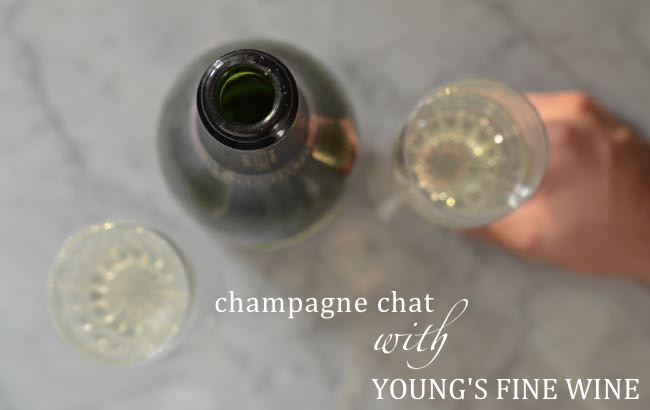
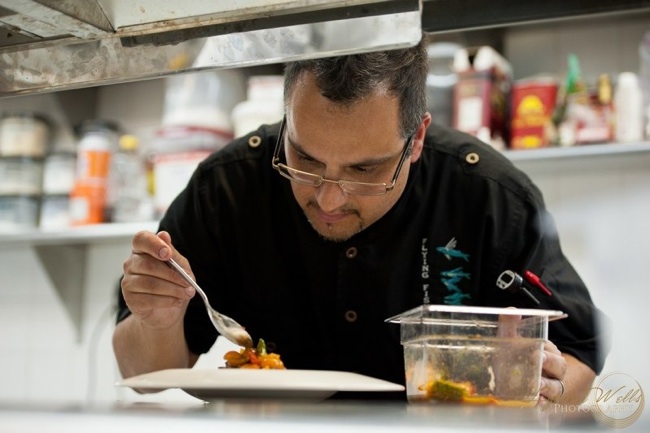
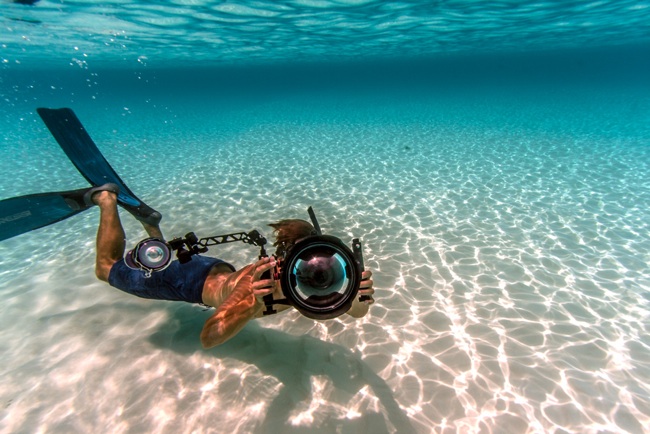

Join the conversation